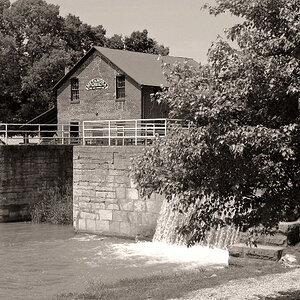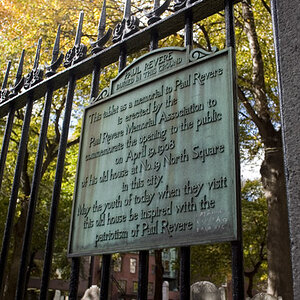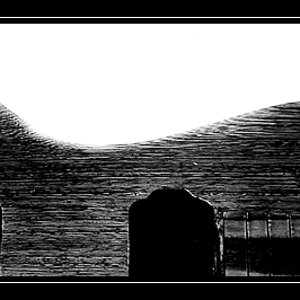Vilatus
TPF Noob!
- Joined
- Dec 18, 2017
- Messages
- 59
- Reaction score
- 13
- Can others edit my Photos
- Photos OK to edit
Hi everybody!
I'm still very new to all this, so I need a little help. Can anybody explain what all the abbreviations in lens titles are? For example "Nikon Micro NIKKOR 40mm f/2.8G AF-S DX Macro Lens"
I'm confused as to why lenses that look the same cost such wildly different amounts, so I assume it would help if I knew this. Also, how do I identify the mount of the lens? Is it in that jumble of letters?
Thank you!
I'm still very new to all this, so I need a little help. Can anybody explain what all the abbreviations in lens titles are? For example "Nikon Micro NIKKOR 40mm f/2.8G AF-S DX Macro Lens"
I'm confused as to why lenses that look the same cost such wildly different amounts, so I assume it would help if I knew this. Also, how do I identify the mount of the lens? Is it in that jumble of letters?
Thank you!







![[No title]](/data/xfmg/thumbnail/42/42480-70a0d1b3ccdeb380098dd12f512b4a17.jpg?1619740195)
![[No title]](/data/xfmg/thumbnail/32/32703-dc864e762c9e91088156fdcab4aeea33.jpg?1619735606)


![[No title]](/data/xfmg/thumbnail/37/37129-2b15d9f6bc8d43c2c1247a6c591d14aa.jpg?1619737884)

